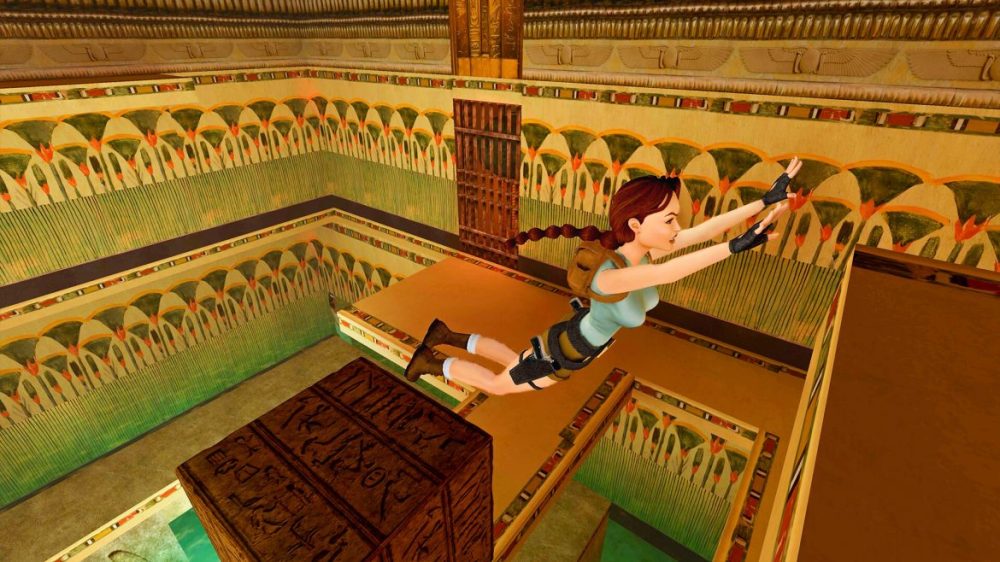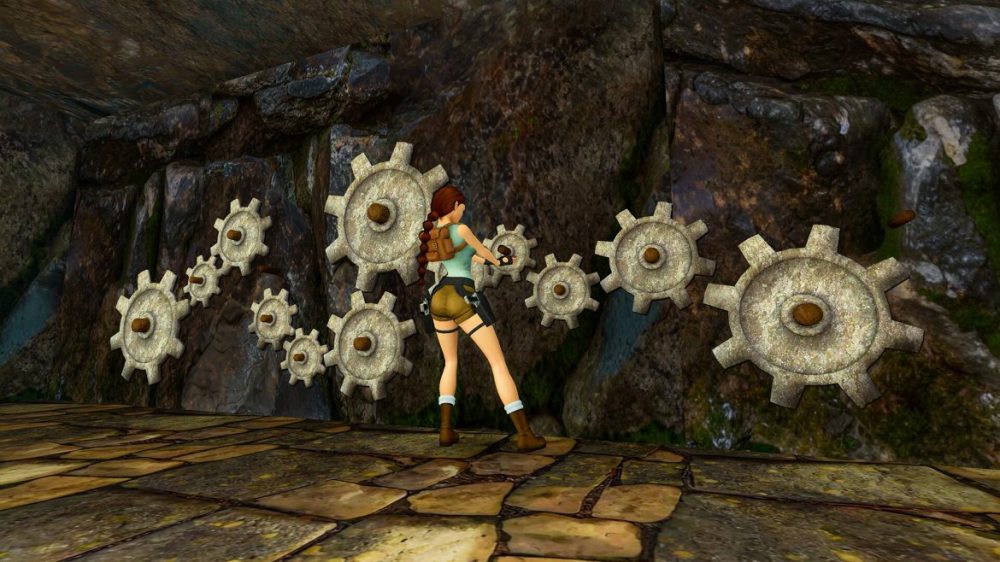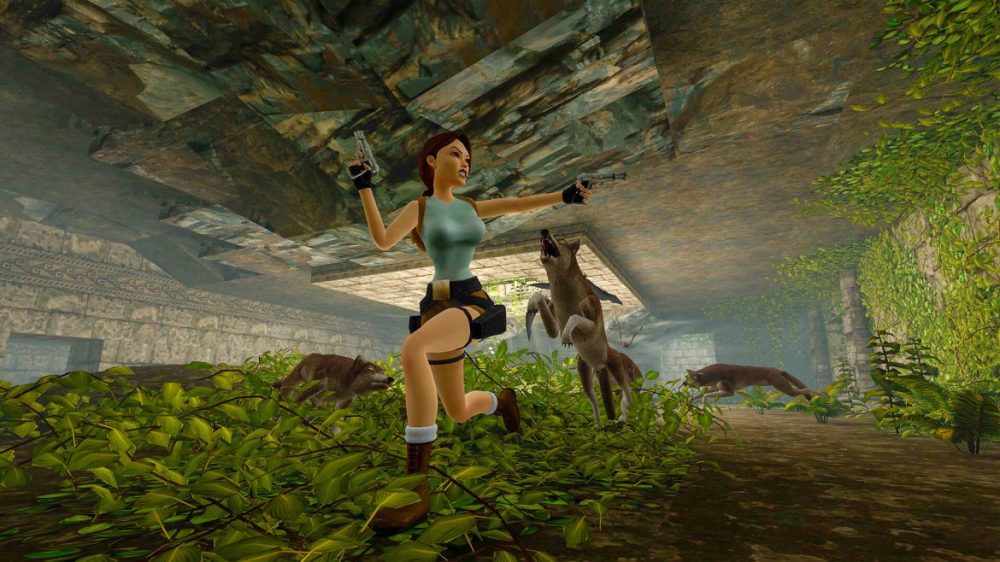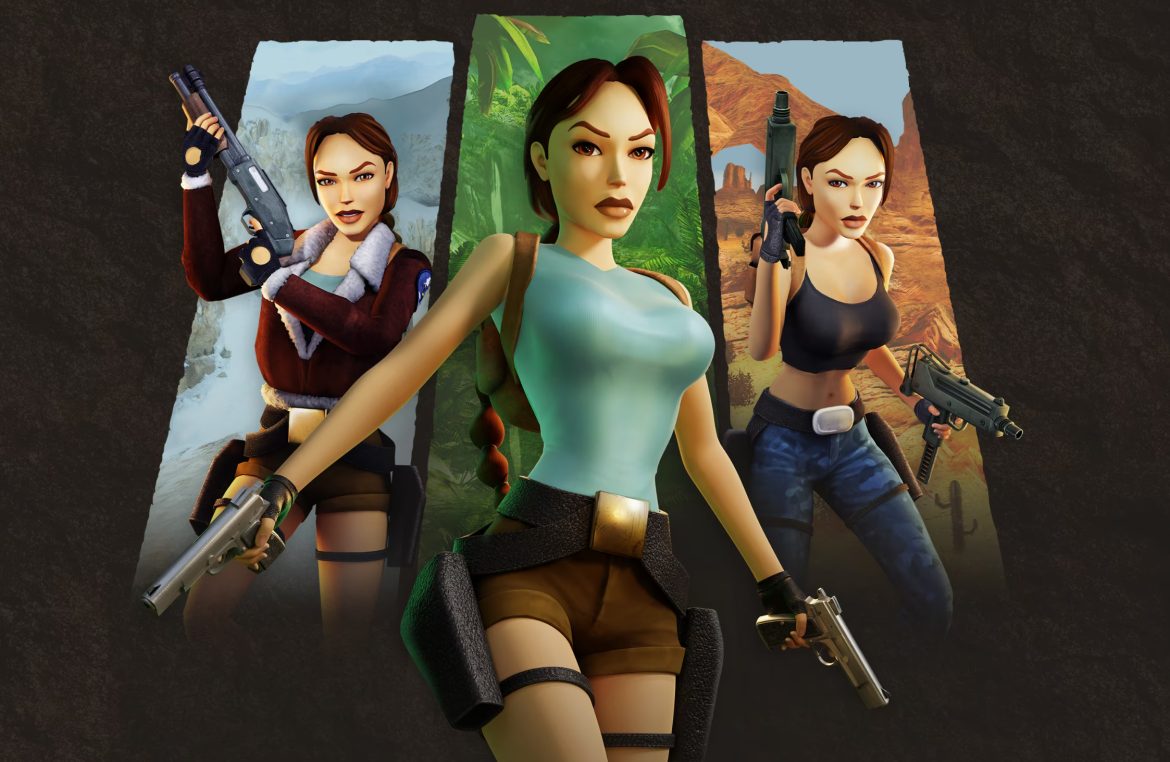TL;DR
Relive Lara Croft's original adventures with Tomb Raider Remastered I II III! This collection faithfully preserves the challenging gameplay of the 90s classics while enhancing visuals with improved resolution and lighting. It’s a fantastic dose of nostalgia that still holds up, though the dated cutscenes and clunky control schemes (both classic tank and modern alternatives have their issues) are noticeable drawbacks. Despite these quirks, the core experience of exploring, puzzle-solving, and platforming remains as engaging as ever, especially with the ability to toggle between original and updated graphics. Ready to jump back into Lara's world? Find out if these enhancements are enough to win you over!
Tomb Raider Remastered I II III encompasses the initial trilogy of games in the series, originally released in 1996, 1997, and 1998. Players rejoin the iconic explorer Lara Croft on a series of adventures that span diverse locales – from Venice to the Alps and the Great Wall of China, among others. Sporting her signature shorts and dual pistols, Lara embarks on three compelling adventures, delivering a significant dose of nostalgia.

Receiving the first Tomb Raider as a Christmas gift in 1996, I dedicated countless hours to exploring its world, meticulously searching every corner for hidden secrets. Following the initial three titles, the franchise has seen numerous sequels and film adaptations. Tomb Raider demonstrably served as inspiration for the Uncharted series, which shares core gameplay elements: climbing, jumping, puzzle-solving, and combat.
Upon the release of Tomb Raider Remastered I II III, I eagerly engaged with the collection. While the nostalgia factor is undeniable, the games retain their challenging and enjoyable nature. The core gameplay experience remains largely intact, although certain aspects exhibit their age when viewed through a modern lens. The game includes an initial disclaimer acknowledging that certain content may be considered offensive by contemporary audiences. I appreciate the decision to provide this context without altering the original content.

Tomb Raider Remastered I II III diverges from approaches seen in remakes such as Dead Space, where the entire game was rebuilt from the ground up with contemporary graphics and control schemes. Instead, Tomb Raider preserves the essence of the original games, including their geometric environments, while enhancing the resolution, lighting effects, and other visual elements. The inclusion of a button that allows for instant switching between the updated and original versions provides a compelling comparison, highlighting the extent of the visual enhancements. While the Remastered version can still feel somewhat retro, it pales in comparison to the original’s presentation from 28 years ago.
A significant drawback lies in the lack of updates to the cutscenes, which appear noticeably dated. An updated visual design for Lara in these cinematics, consistent with her in-game appearance, would have been a welcome improvement. As they stand, the cutscenes appear incongruous and, frankly, visually unappealing. This is disappointing, as a more polished presentation of these scenes would have enhanced the overall experience.

The most significant issue, however, stems from suboptimal character control. The game offers two control schemes: the classic control scheme reminiscent of the 1996 original and a modern alternative. However…
Neither control option proves entirely satisfactory. My initial experience with the classic controls proved frustrating, as they function according to a tank control scheme (in fact, they are referred to as “Tank controls“). Forward movement is always relative to Lara’s facing, and rotation is performed around her central axis. Accustomed to contemporary game controls, I found it difficult to adapt, constantly needing to consciously manage Lara’s positioning and movement.
Consequently, I switched to the modern control scheme, which allows for character movement relative to the camera, as is common in modern games. However, certain maneuvers are not effectively executed with this scheme. For example, the classic controls allow Lara to jump backward by pulling back on the directional input, a crucial technique for precise jumps. With modern controls, this input causes Lara to turn and run in the opposite direction, potentially leading to overshooting the target. While it’s possible to trigger a backward jump by drawing pistols and pressing back, this prevents grabbing the ledge during the fall, as the pistols are raised.
The developers could have addressed this issue by mapping the backward jump to the “walk” button. This refinement would have significantly improved the modern control scheme. As it stands, the limitations of the updated controls led me to revert to the classic scheme for certain sections and challenges that proved nearly insurmountable otherwise.
Another notable omission is the absence of an autosave feature. In an era where automatic saving is commonplace, the lack of such functionality in Tomb Raider is conspicuous. After progressing to a new area and subsequently dying, the realization that a significant amount of progress had been lost due to infrequent manual saves served as a stark reminder of the need for diligent manual saving after each challenging segment.

In conclusion, I recommend Tomb Raider Remastered I II III to both newcomers and veterans of the series. The gameplay remains challenging and engaging. Had the developers addressed the aforementioned issues, this collection would have been an unqualified success.
Aspyr provided a review code for this evaluation. The provision of materials does not influence our editorial objectivity.

